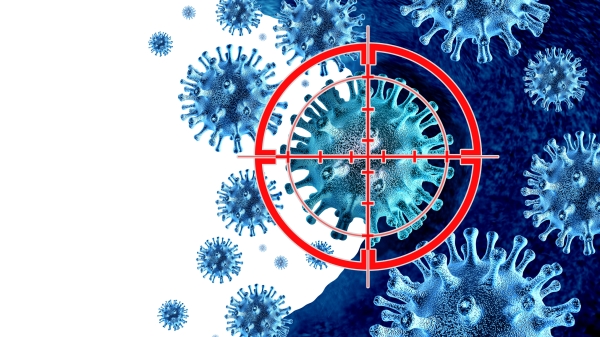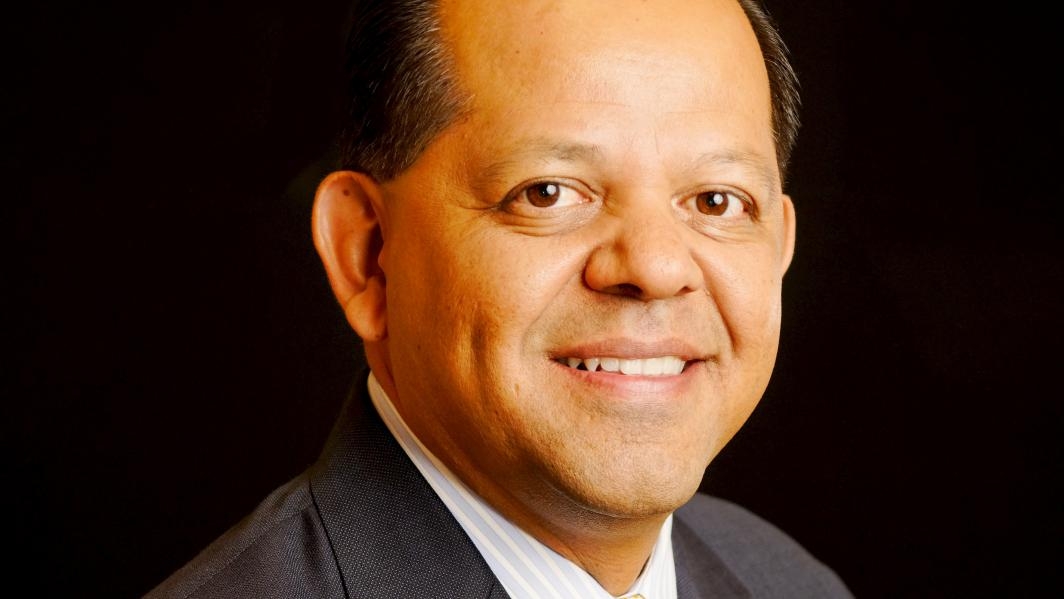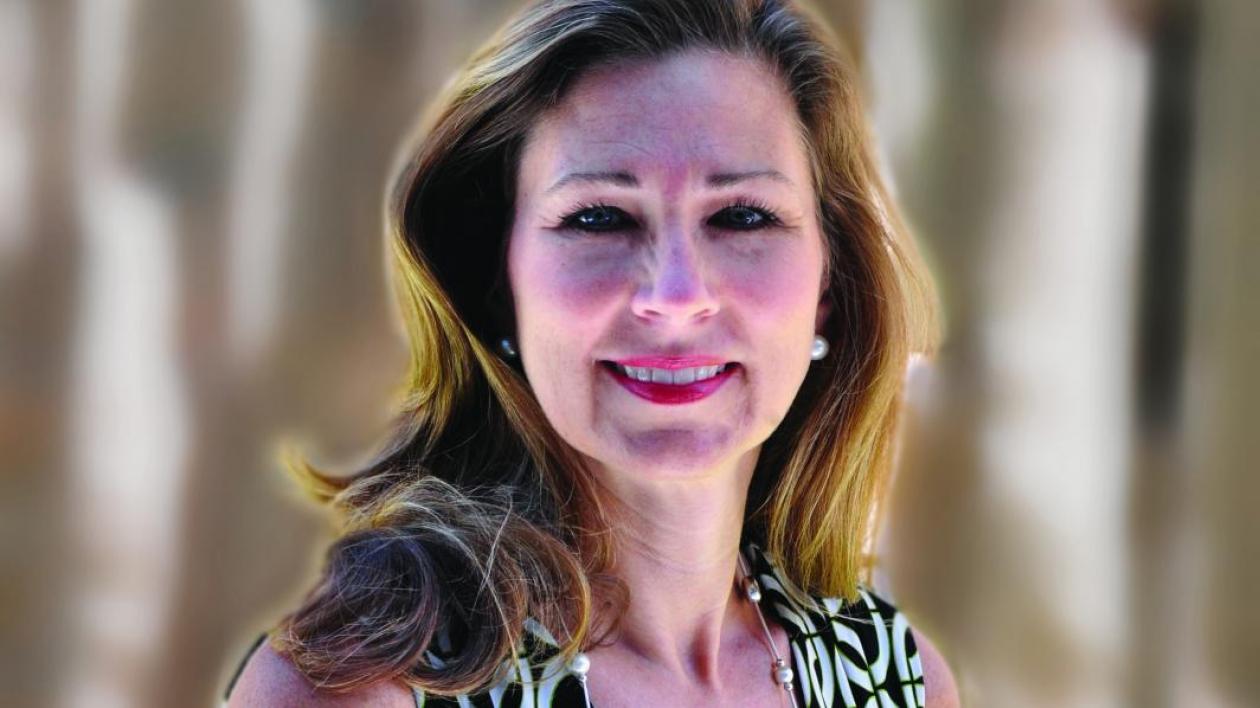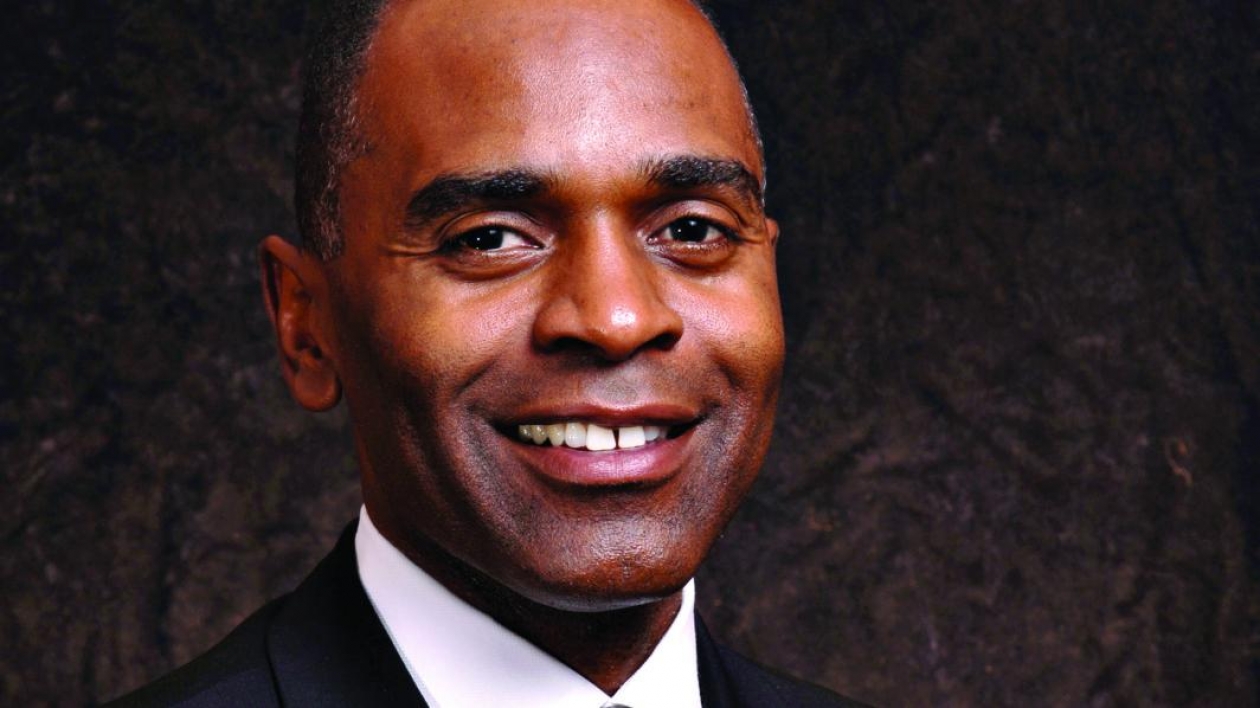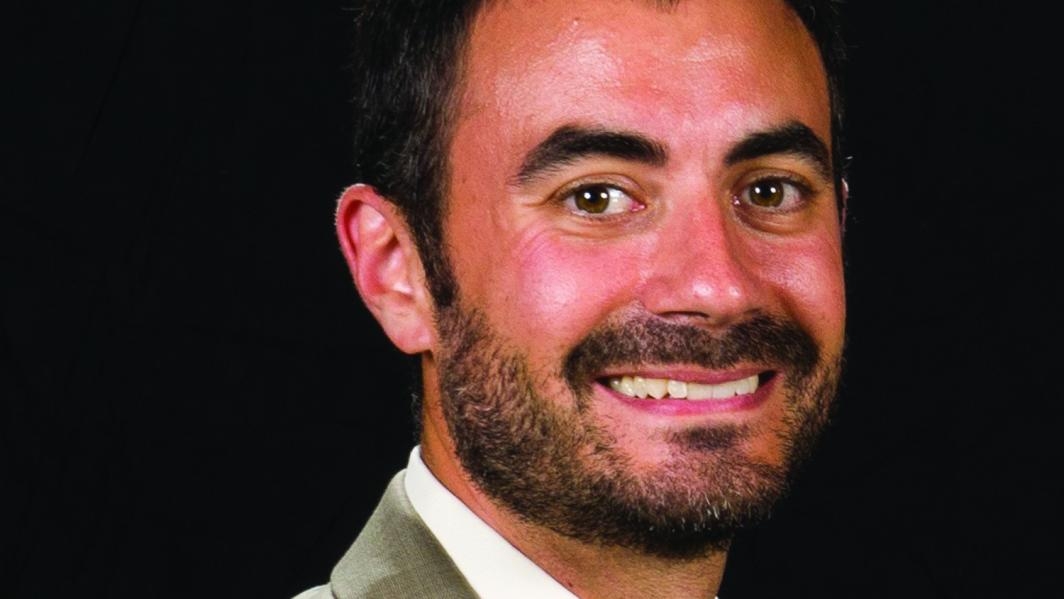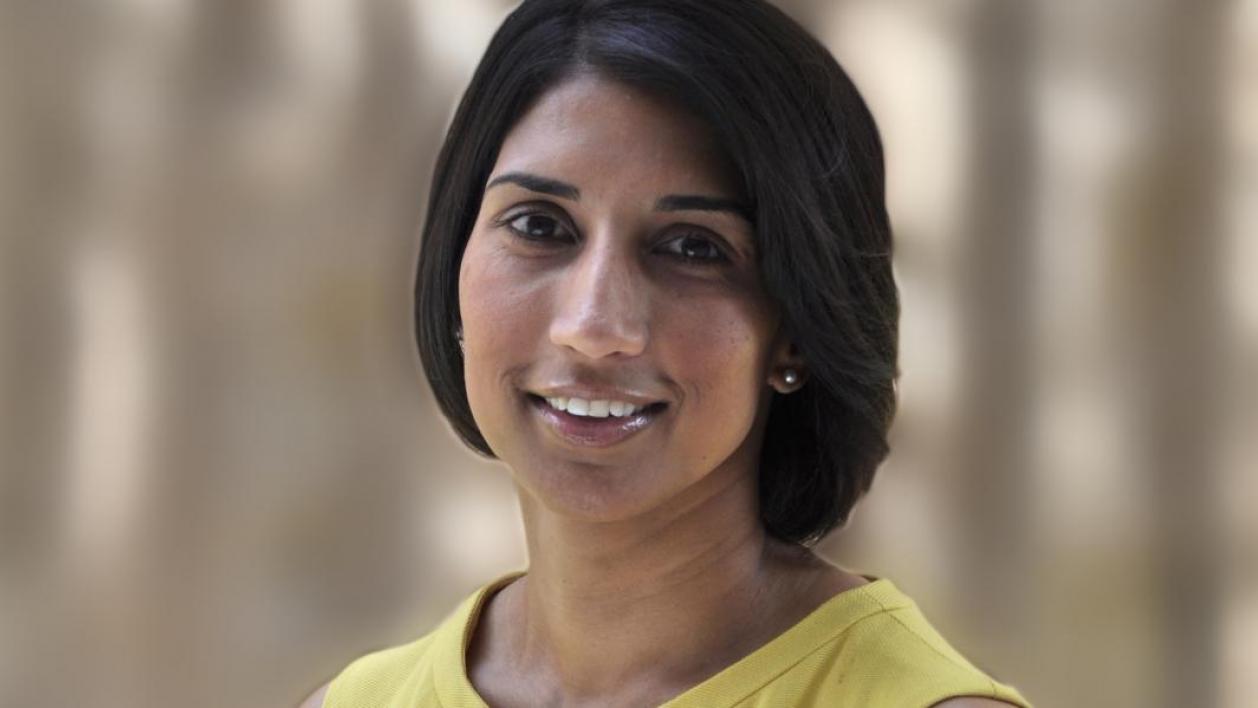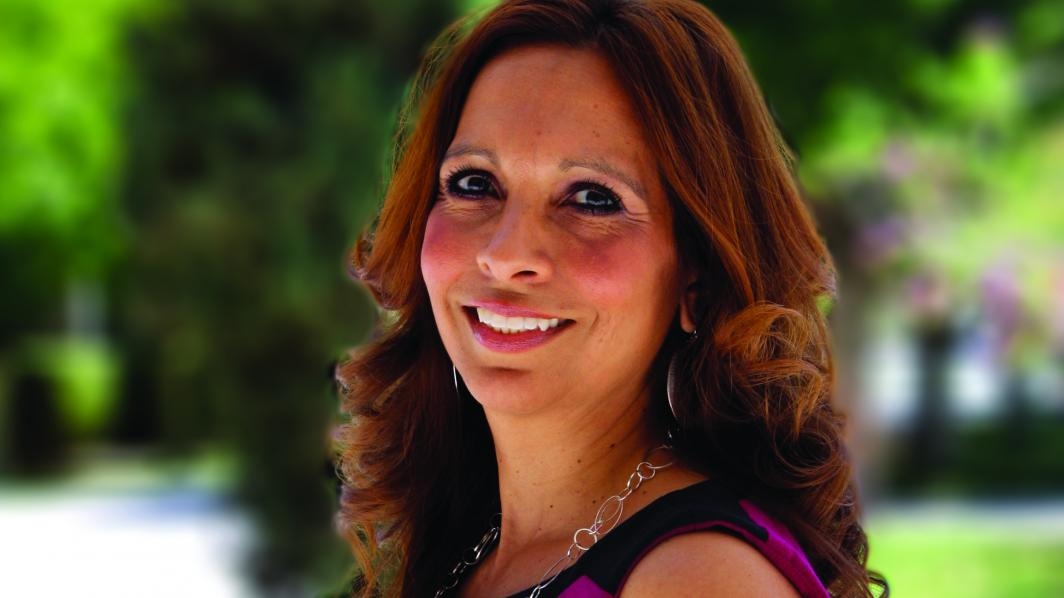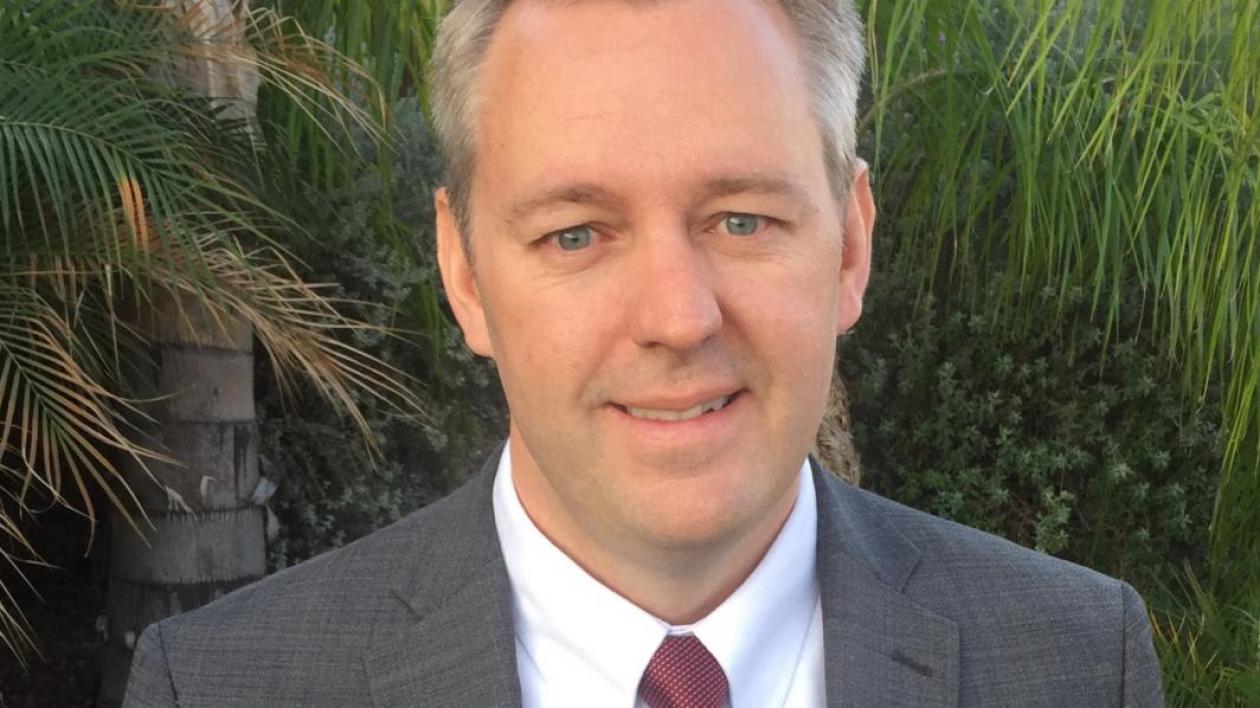Warning: Undefined array key 0 in content_pre_render_preprocess_views_view_fields() (line 123 of sites/all/modules/content_pre_render/content_pre_render.module).
content_pre_render_preprocess_views_view_fields(Array, 'views_view_fields', Array)
call_user_func_array('content_pre_render_preprocess_views_view_fields', Array) (Line: 261)
Drupal\Core\Theme\ThemeManager->render('views_view_fields', Array) (Line: 480)
Drupal\Core\Render\Renderer->doRender(Array, ) (Line: 240)
Drupal\Core\Render\Renderer->render(Array) (Line: 475)
Drupal\Core\Template\TwigExtension->escapeFilter(Object, Array, 'html', NULL, 1) (Line: 95)
__TwigTemplate_fe0a2fb20ca4d522e2a38344710a5ed2->block_views_row(Array, Array) (Line: 171)
Twig\Template->displayBlock('views_row', Array, Array) (Line: 70)
__TwigTemplate_fe0a2fb20ca4d522e2a38344710a5ed2->doDisplay(Array, Array) (Line: 394)
Twig\Template->displayWithErrorHandling(Array, Array) (Line: 367)
Twig\Template->display(Array) (Line: 39)
__TwigTemplate_4a4483053287a0b6d4afc19f3c6b711f->doDisplay(Array, Array) (Line: 394)
Twig\Template->displayWithErrorHandling(Array, Array) (Line: 367)
Twig\Template->display(Array) (Line: 379)
Twig\Template->render(Array) (Line: 38)
Twig\TemplateWrapper->render(Array) (Line: 39)
twig_render_template('themes/composer/radix/templates/views/views-view-unformatted.html.twig', Array) (Line: 348)
Drupal\Core\Theme\ThemeManager->render('views_view_unformatted', Array) (Line: 480)
Drupal\Core\Render\Renderer->doRender(Array) (Line: 493)
Drupal\Core\Render\Renderer->doRender(Array, ) (Line: 240)
Drupal\Core\Render\Renderer->render(Array) (Line: 475)
Drupal\Core\Template\TwigExtension->escapeFilter(Object, Array, 'html', NULL, 1) (Line: 203)
__TwigTemplate_7d369c7eb42a6985fd22d853a2bb4a36->block_rows(Array, Array) (Line: 171)
Twig\Template->displayBlock('rows', Array, Array) (Line: 83)
__TwigTemplate_7d369c7eb42a6985fd22d853a2bb4a36->doDisplay(Array, Array) (Line: 394)
Twig\Template->displayWithErrorHandling(Array, Array) (Line: 367)
Twig\Template->display(Array) (Line: 39)
__TwigTemplate_a64adbff84f17215afcabbd7bd8db1b1->doDisplay(Array, Array) (Line: 394)
Twig\Template->displayWithErrorHandling(Array, Array) (Line: 367)
Twig\Template->display(Array) (Line: 379)
Twig\Template->render(Array) (Line: 38)
Twig\TemplateWrapper->render(Array) (Line: 39)
twig_render_template('themes/composer/radix/templates/views/views-view.html.twig', Array) (Line: 348)
Drupal\Core\Theme\ThemeManager->render('views_view', Array) (Line: 480)
Drupal\Core\Render\Renderer->doRender(Array) (Line: 493)
Drupal\Core\Render\Renderer->doRender(Array, ) (Line: 240)
Drupal\Core\Render\Renderer->render(Array) (Line: 475)
Drupal\Core\Template\TwigExtension->escapeFilter(Object, Array, 'html', NULL, 1) (Line: 119)
__TwigTemplate_3b336987da0a7605132da6c4c99644b9->block_content(Array, Array) (Line: 171)
Twig\Template->displayBlock('content', Array, Array) (Line: 82)
__TwigTemplate_3b336987da0a7605132da6c4c99644b9->doDisplay(Array, Array) (Line: 394)
Twig\Template->displayWithErrorHandling(Array, Array) (Line: 367)
Twig\Template->display(Array) (Line: 39)
__TwigTemplate_cdf4aebdbcf30b11ed42aae216acb708->doDisplay(Array, Array) (Line: 394)
Twig\Template->displayWithErrorHandling(Array, Array) (Line: 367)
Twig\Template->display(Array) (Line: 379)
Twig\Template->render(Array) (Line: 38)
Twig\TemplateWrapper->render(Array) (Line: 39)
twig_render_template('themes/composer/radix/templates/block/block.html.twig', Array) (Line: 348)
Drupal\Core\Theme\ThemeManager->render('block', Array) (Line: 480)
Drupal\Core\Render\Renderer->doRender(Array) (Line: 493)
Drupal\Core\Render\Renderer->doRender(Array, ) (Line: 240)
Drupal\Core\Render\Renderer->render(Array) (Line: 475)
Drupal\Core\Template\TwigExtension->escapeFilter(Object, Array, 'html', NULL, 1) (Line: 58)
__TwigTemplate_93fc31a130dd1f8c387872ef56d7b2e2->doDisplay(Array, Array) (Line: 394)
Twig\Template->displayWithErrorHandling(Array, Array) (Line: 367)
Twig\Template->display(Array) (Line: 379)
Twig\Template->render(Array) (Line: 38)
Twig\TemplateWrapper->render(Array) (Line: 39)
twig_render_template('modules/webspark/webspark_module_renovation_layouts/layouts/onecol_fixed_width_section/onecol-fixed-width-section.html.twig', Array) (Line: 348)
Drupal\Core\Theme\ThemeManager->render('onecol_fixed_width_section', Array) (Line: 480)
Drupal\Core\Render\Renderer->doRender(Array) (Line: 493)
Drupal\Core\Render\Renderer->doRender(Array) (Line: 493)
Drupal\Core\Render\Renderer->doRender(Array, ) (Line: 240)
Drupal\Core\Render\Renderer->render(Array) (Line: 475)
Drupal\Core\Template\TwigExtension->escapeFilter(Object, Array, 'html', NULL, 1) (Line: 78)
__TwigTemplate_908648453f95b3e869aa3dccfccde5de->block_content(Array, Array) (Line: 171)
Twig\Template->displayBlock('content', Array, Array) (Line: 65)
__TwigTemplate_908648453f95b3e869aa3dccfccde5de->doDisplay(Array, Array) (Line: 394)
Twig\Template->displayWithErrorHandling(Array, Array) (Line: 367)
Twig\Template->display(Array, Array) (Line: 43)
__TwigTemplate_9970484833add82cd0708a86e53acbb5->doDisplay(Array, Array) (Line: 394)
Twig\Template->displayWithErrorHandling(Array, Array) (Line: 367)
Twig\Template->display(Array) (Line: 379)
Twig\Template->render(Array) (Line: 38)
Twig\TemplateWrapper->render(Array) (Line: 39)
twig_render_template('themes/webspark/renovation/templates/content/node.html.twig', Array) (Line: 348)
Drupal\Core\Theme\ThemeManager->render('node', Array) (Line: 480)
Drupal\Core\Render\Renderer->doRender(Array, ) (Line: 240)
Drupal\Core\Render\Renderer->render(Array, ) (Line: 238)
Drupal\Core\Render\MainContent\HtmlRenderer->Drupal\Core\Render\MainContent\{closure}() (Line: 627)
Drupal\Core\Render\Renderer->executeInRenderContext(Object, Object) (Line: 239)
Drupal\Core\Render\MainContent\HtmlRenderer->prepare(Array, Object, Object) (Line: 128)
Drupal\Core\Render\MainContent\HtmlRenderer->renderResponse(Array, Object, Object) (Line: 90)
Drupal\Core\EventSubscriber\MainContentViewSubscriber->onViewRenderArray(Object, 'kernel.view', Object)
call_user_func(Array, Object, 'kernel.view', Object) (Line: 111)
Drupal\Component\EventDispatcher\ContainerAwareEventDispatcher->dispatch(Object, 'kernel.view') (Line: 186)
Symfony\Component\HttpKernel\HttpKernel->handleRaw(Object, 1) (Line: 76)
Symfony\Component\HttpKernel\HttpKernel->handle(Object, 1, 1) (Line: 58)
Drupal\Core\StackMiddleware\Session->handle(Object, 1, 1) (Line: 48)
Drupal\Core\StackMiddleware\KernelPreHandle->handle(Object, 1, 1) (Line: 28)
Drupal\Core\StackMiddleware\ContentLength->handle(Object, 1, 1) (Line: 32)
Drupal\big_pipe\StackMiddleware\ContentLength->handle(Object, 1, 1) (Line: 191)
Drupal\page_cache\StackMiddleware\PageCache->fetch(Object, 1, 1) (Line: 128)
Drupal\page_cache\StackMiddleware\PageCache->lookup(Object, 1, 1) (Line: 82)
Drupal\page_cache\StackMiddleware\PageCache->handle(Object, 1, 1) (Line: 48)
Drupal\Core\StackMiddleware\ReverseProxyMiddleware->handle(Object, 1, 1) (Line: 51)
Drupal\Core\StackMiddleware\NegotiationMiddleware->handle(Object, 1, 1) (Line: 36)
Drupal\Core\StackMiddleware\AjaxPageState->handle(Object, 1, 1) (Line: 51)
Drupal\Core\StackMiddleware\StackedHttpKernel->handle(Object, 1, 1) (Line: 704)
Drupal\Core\DrupalKernel->handle(Object) (Line: 19)


